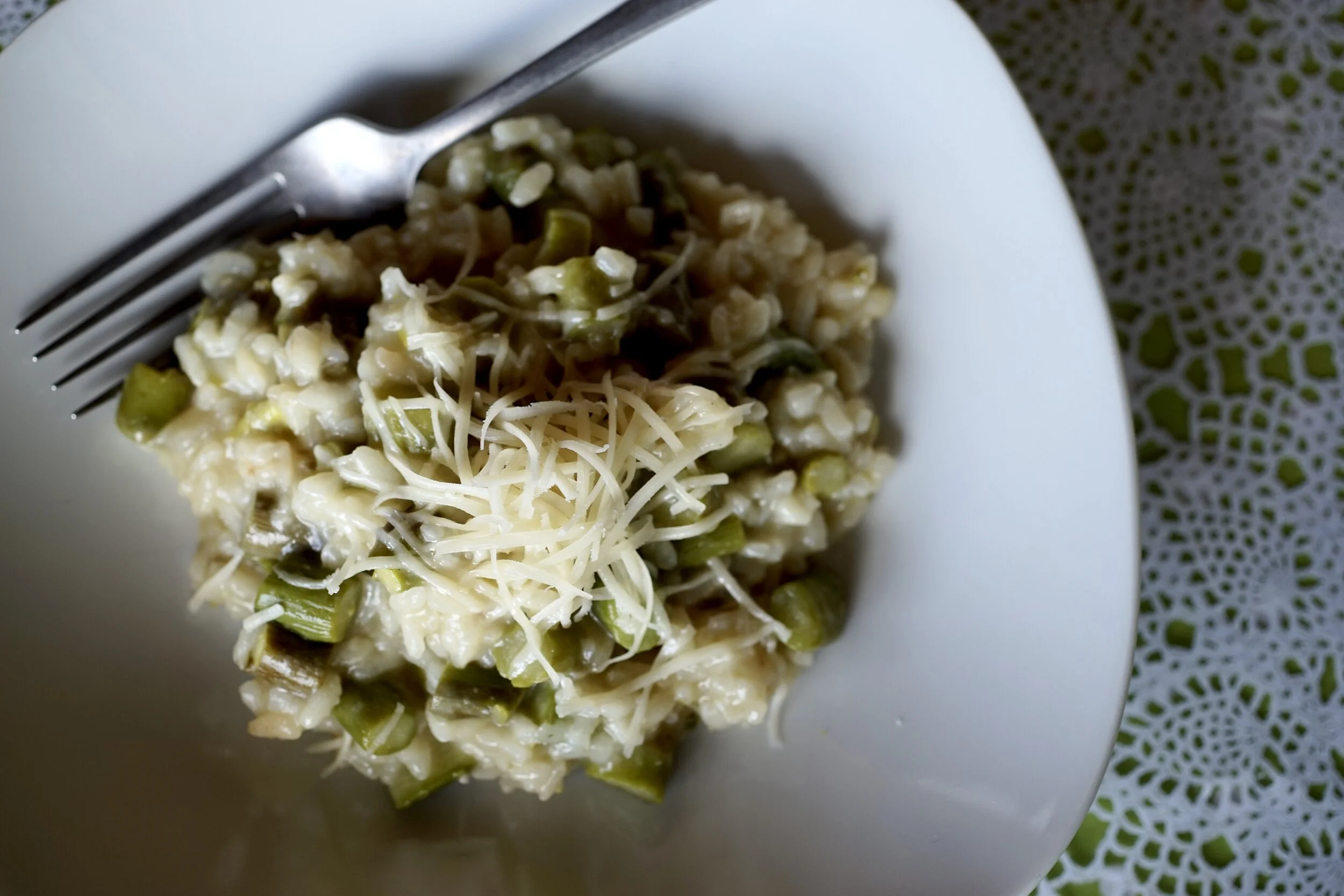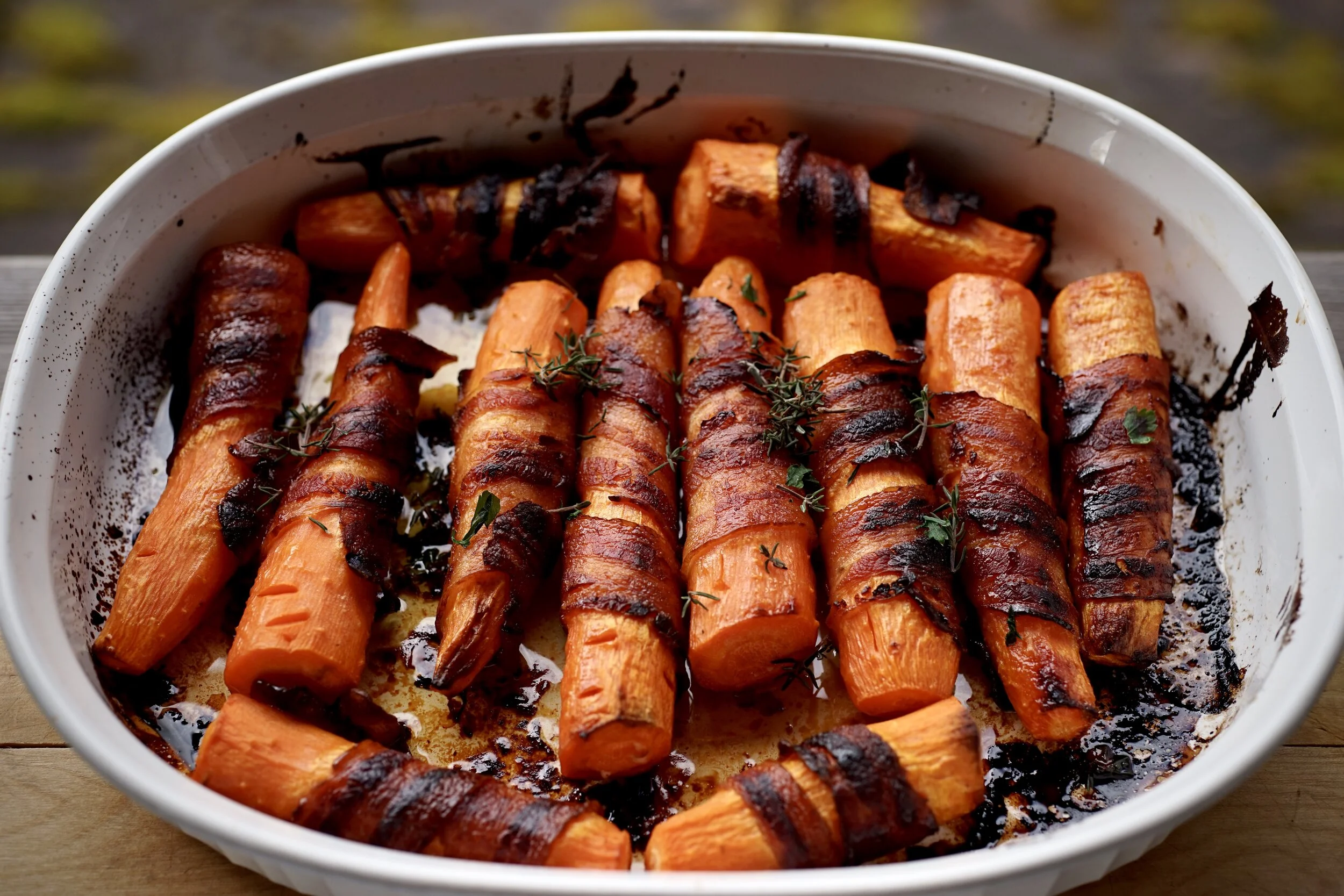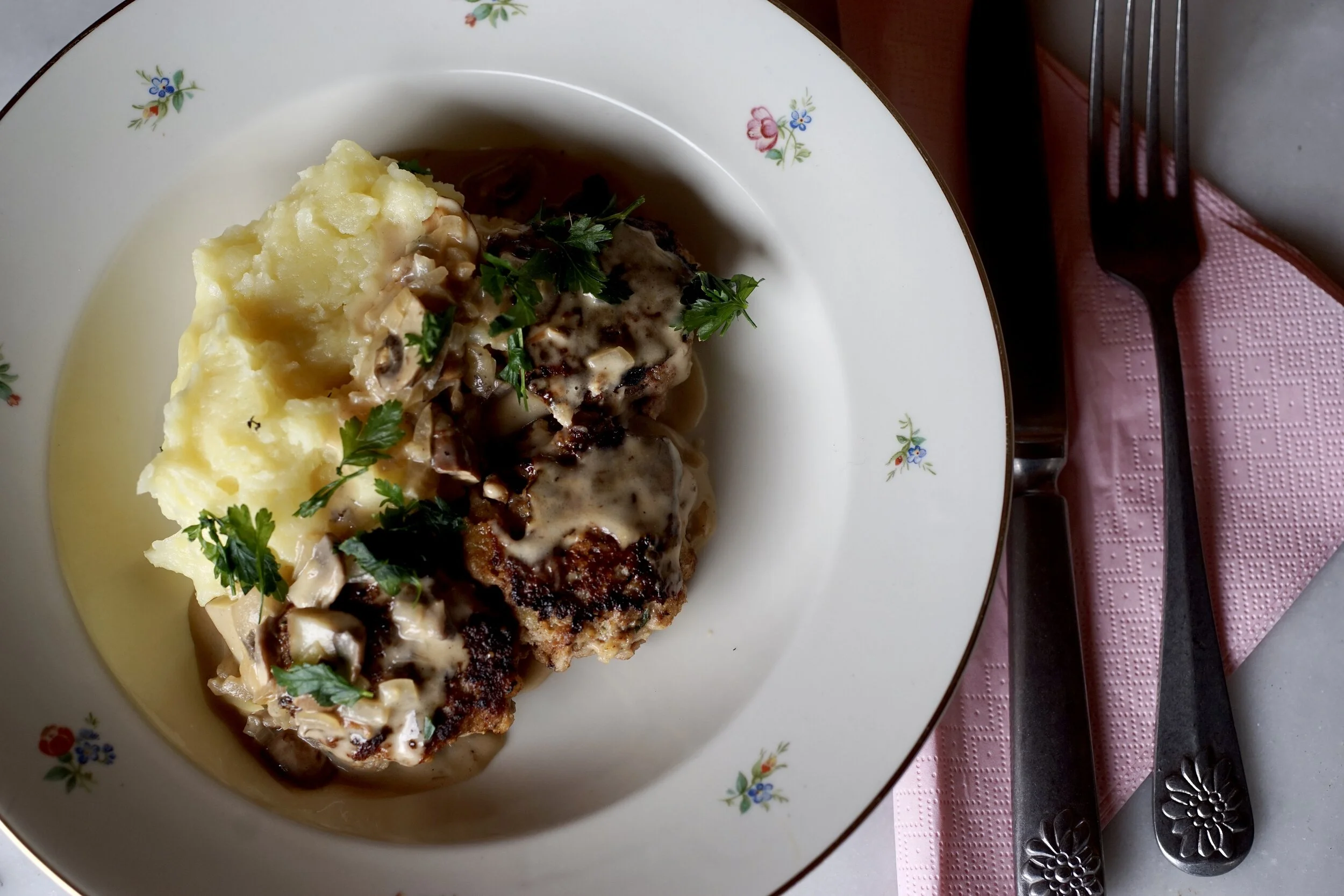Spargelrisotto
The Swiss love Spargelzeit, asparagus season.
The first local stalks appear around the end of April, and last until Spargelsilvester, asparagus New Year’s Eve, June 24.
(This date, the feast of St John, is an important day for many harvest traditions—rhubarb is typically not harvested past this day, and it’s the day that the monks would start steeping their green walnuts when making boozy Nocino.)
But back to asparagus.
The shelves of the supermarkets feature prominently with the tender green and white stems, tubes of Thomy mayo, little tetra packs of Hollandaise and Spargelwein.
Spargelwein?
No, not wine made from asparagus as Swiss writer Dürrenmatt had the title character drink in his comedic play Romulus the Great, to show to what depths the Roman had fallen, but rather wine to pair with asparagus.
Some experts are skeptical, seeing Spargelwein as a ploy for shops to rid themselves of sub-par whites. If in doubt, try a Johannisberg from the Valais (known as Sylvaner everywhere else), which pairs perfectly with the seasonal spears.
And what better dish than asparagus risotto?
This is my go-to risotto recipe, and it works wonderfully with all manner of different add-ins, including mushrooms, leeks, zucchini, tomatoes, etc.
The trick is adjusting the cooking time for the add-ins—some, like leeks, can be cooked together with the rice for the whole time, while other more delicate ingredients (I’m looking at you cherry tomatoes) can be added closer to the end.
The same goes for the asparagus, if you have very thin, delicate stalks, you can wait and add them when there is about ten minutes left of cooking the rice so they don’t get mushy.
1 tbsp butter
1 onion, minced
600 g asparagus, trimmed and chopped
300 g arborio, or other risotto rice
200 ml white wine
the zest from one lemon
1 litre stock, vegetable or chicken
salt and pepper
2 tbsp butter, cold
grated Sbrinz to garnish
In a large pot over medium heat, melt the butter. Add the onion and fry until soft, about 4 minutes.
Add the asparagus and rice and cook for a few minutes.
In a separate pot, heat the stock to simmering. Get out your ladle.
Add the wine and lemon zest to the rice and give it a good stir. Once it has been absorbed, begin adding the stock one ladle at a time. Don't add more stock until each ladleful is absorbed, and keep stirring throughout. Total cooking time should be about 15-20 minutes (depending on your rice), but try a spoonful to make sure the rice is cooked. Season with salt and pepper.
Take it off the heat, add the cold butter, and beat this vigorously into the risotto until your arm hurts.
Garnish with grated cheese.
I had a kilo of asparagus and, once trimmed, it came to about 600 g.
The stock should be added hot and ladled in slowly. You should wait until each new batch is absorbed before adding the next one. Keep stirring so it doesn’t stick.
If you have very thin, delicate stalks, you can wait and add them when there is about ten minutes left of cooking the rice so they don’t get mushy.
The last stage of proper risotto making, the adding and stirring of the cold butter, is known as Mantecatura, or the butter stage and works to spread the fat and emulsify the starch. (The word manteca is Spanish for butter and rumour has it that this step originated when the Spanish Habsburgs ruled Italian Lombardy in the 16th century).
If you don't have Sbrinz, you can use another hard cheese like Parmesan or Gran Padano.
More risotto?
Leek and Hazelnut Risotto














